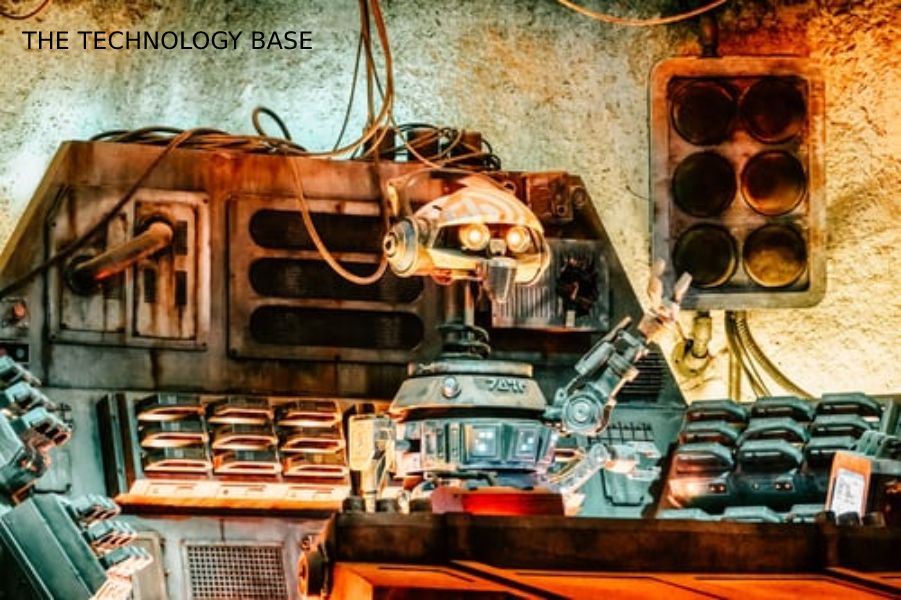Difference between Robotic Process Automation and Machine Learning

Machine learning, Artificial intelligence (AI), and Robotic process automation (RPA) are two buzzwords today. AI technologies surround us without noticing their presence. Automation is revolutionizing the way companies in almost every industry do business.
The global size of the RPA company estimated at $ 846 million in 2018 and has become a rapidly growing part of the worldwide enterprise software market. Also, a CAGR of 31.1% is expects for the next five years.
The global artificial intelligence company’s size was estimated at $ 24.9 million in 2018 and is expected to reach a CAGR of 46.2% by 2019 to 2025.
If you are looking for cutting-edge technologies for 2020, you can find RPA and Artificial Intelligence in the top ten of the list. The trend towards machine learning and robots will only intensify, which means that RPA and ML will become invaluable skills, and people who take an online machine learning course will be in demand.
If you read the conversation above, you will find that RPA and AI or ML are similar terms and relate to each other. It believed that every aspect of automation is related to artificial intelligence. But this is not the case. RPA and ML are horizontal techniques with different goals and interfaces.
Table of Contents
1. What is RPA or Robotic Process Automation?
Robotic process automation is an application of business process automation technology powered by business logic and structured inputs. This means RPA tools configure software or a robot for data manipulation, trigger responses, capture and translate applications for transaction processing and communication with other digital systems.
In other words, mimicking human actions to perform a series of steps that lead to a meaningful activity that does not require human intervention is known as robotic process automation. RPA uses for basic tasks like replying to an email and very complex tasks like deploying thousands of bots, designs to automate tasks in an ERP system. .
Today, RPA is used in almost every industry, including supply chain management, human resources, customer service, healthcare, financial services, accounting, and more. The advantages of RPA include precision and consistency of tasks. This cuts down on manual labor, and the best part is that there is little to no coding required. It increases the productivity of a company and reduces costs by avoiding human intervention.
Also Read : Some Tricks and Hacks For iPad mini User
2. What is Machine Learning?
Machine learning is a series of studies that give computers the ability to learn without being explicitly programmed. Machine learning (ML) is part of artificial intelligence (AI). The two terms can generally uses as synonymously.
Machine learning is about improving computers’ learning process based on their experiences without human help or programming. First, the sound quality or relevant data is fed into the system. The laptop trains using machine learning models based on the data provided and various algorithms. The nature of the data and the task to be performs form the basis for choosing an algorithm to drive the machine or automate the required task.
Let’s look at the most common example of machine learning.
When looking for watches online, you will find the recommendation “You May Also Like” below and pictures of other eyes that are similar to the ones you looked at. Standard machine learning application is known as “recommendation engine.” Another sample of machine learning is Google, Alexa, and Siri. You can ask them by themselves to tell you about your tasks and everything on a smartphone. It is based on the human learning model. We see and learn from our experiences. The machines are also supplies with inputs and associated algorithms.
Also Read : How To Defend Your Devices From Malware?
3. Machine Learning vs. RPA
If you read the essential introduction to machine learning and RPA, you will find them similar. Both participate in the automation of tasks. When you drop more bass, you see differences in the way they work and end.
The fundamental difference between RPA and ML is based on action and reflection. RPA is related with “doing,” ML refers to “thinking” and “learning” and acts consequently. RPA use for to automate repetitive tasks like sending emails or downloading attachments, and getting the topic. On the other hand, ML can manage your email, extract useful information, and convert unstructured data to structured data. Robotic Process Automation (RPA) is a software robot that can mimic human actions, while ML expresses its artificial intelligence by showing “adaptation,” which is one of its most outstanding characteristics.
4. Bottom Line
We now know that RPA and ML, the two current trending technologies, have different use cases. They have their effect and are uses in almost all industries. It as advantages as well. So you can choose any of them as a career and reach new heights. RPA and ML are invaluable solutions that have the potential to improve a company’s business performance. This application is bases on fundamental business needs that automation can improve.




